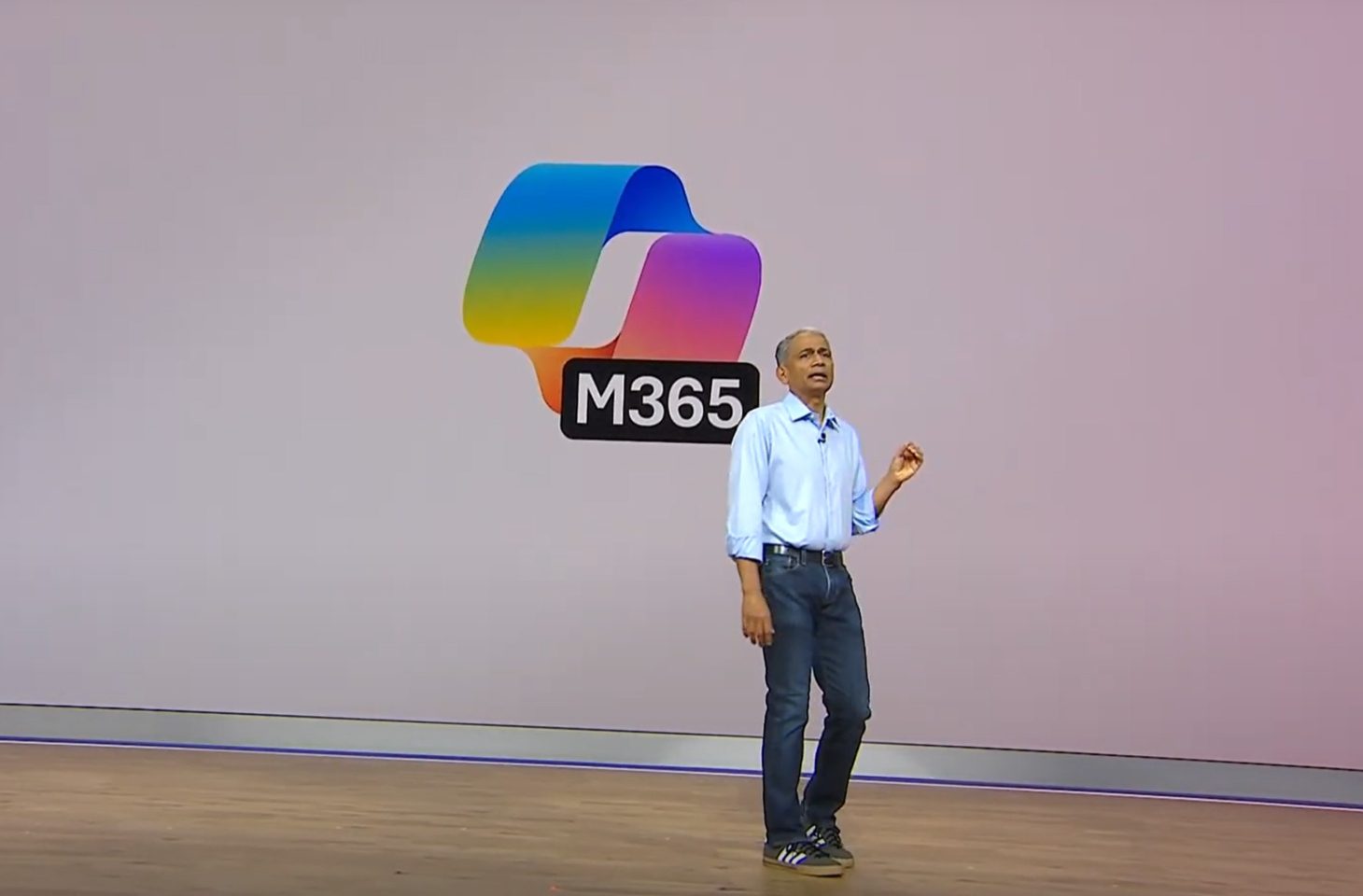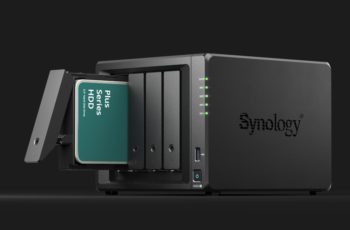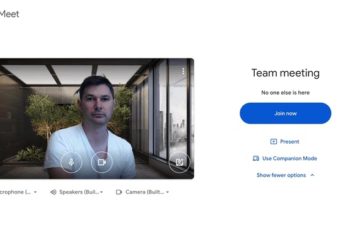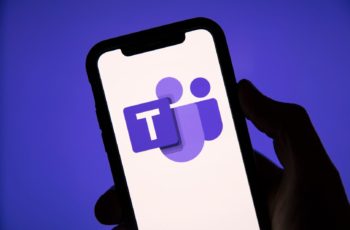Microsoft is betting on the AI hype and even sacrificing Microsoft 365’s branding. At Ignite, Microsoft is showing off a new logo that suggests Copilot is its flagship product and Office is a derivative.
Microsoft surprises at Ignite 2024 with a new logo for Microsoft 365 (or colloquially Office 365). The new icon will be that of Copilot, with “M365” added as text in a black bar. The branding is surprising and a bit confusing.
Microsoft marketed Copilot as a true co-pilot for users, linked to Microsoft 365. The generative AI tool is based on OpenAI’s LLMs and is integrated into Microsoft’s Office applications, but the functionality is not free.
From top product to gateway
Microsoft Office is and will remain the standard for enterprise productivity software. Word and PowerPoint are almost synonymous with text and presentation files, and anyone creating an Office competitor should make sure it’s compatible with the .docx, .xls, and .ptp extensions. It is not for nothing that the demand for the Office suite remains regardless of the Microsoft 365 subscription. But Microsoft is now deciding to make the strong brand the gateway for its AI offering.
“Microsoft 365 will be a gateway to Copilot,” Rajesh Jha, executive vice president of Microsoft’s Experiences and Devices Group, said at Ignite. The move is surprising considering Office 365 was renamed Microsoft 365 with a new logo just about five years ago.
Microsoft Copilot may have great value for the way people work, but overall it hasn’t yet been widely reflected in the Microsoft 365 suite. In practice, we often hear that people don’t fully understand what exactly they can and cannot do with the copilot.
Microsoft itself also described AI as a tool that needs to be integrated into software, rather than as a standalone product. AI must seamlessly support functions that people can then use smoothly.
Unsolicited link
By making Microsoft 365 a guidepost for Copilot, Microsoft ignores both the reality of Copilot in companies today and its own vision. Copilot and AI become their own product instead of creating added value in the context of Word, Excel or Powerpoint.
The decision to change the Microsoft 365 logo appears to be largely due to hype and the urge to force Copilot onto more people than are eager to get it today. This is nothing new for Microsoft, which likes to use its own products as billboards for less popular features against the will of users. Think of the Copilot button in Edge or the advertising for OneDrive in Windows, just to name a few examples.

























